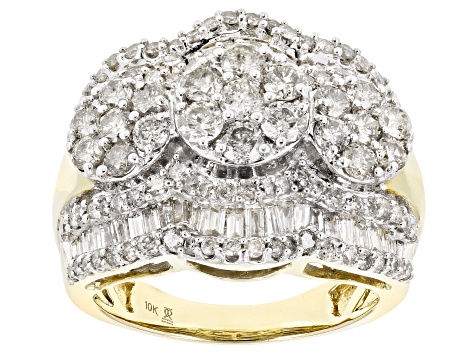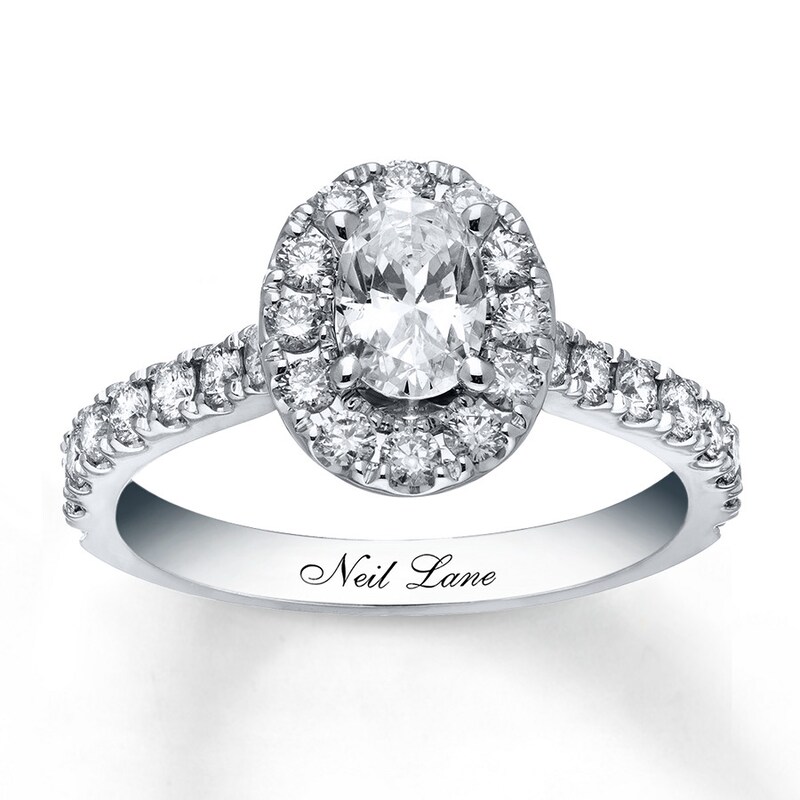Signatures Blue Topaz and Diamond Drop Earrings in White Gold
A wonderful pair of Blue Topaz oval and cushion cut stones surrounded by Diamonds set in 18ct White Gold to form the most stunning drop earrings.
A wonderful pair of Blue Topaz oval and cushion cut stones surrounded by Diamonds set in 18ct White Gold to form the most stunning drop earrings.
Gold Type18ct White GoldGemstoneBlue TopazDimensionsTotal Length 30.6mm, Width 15mmSKUERDGM0684
Additional information
| Gold Type | 18ct White Gold |
|---|---|
| Gemstone | Blue Topaz |
| Dimensions | Total Length 30.6mm, Width 15mm |






Reviews
There are no reviews yet.